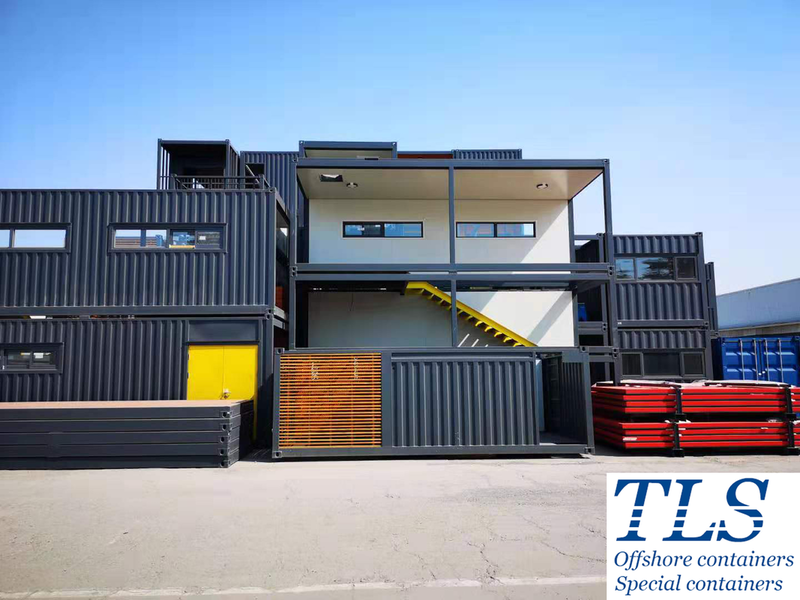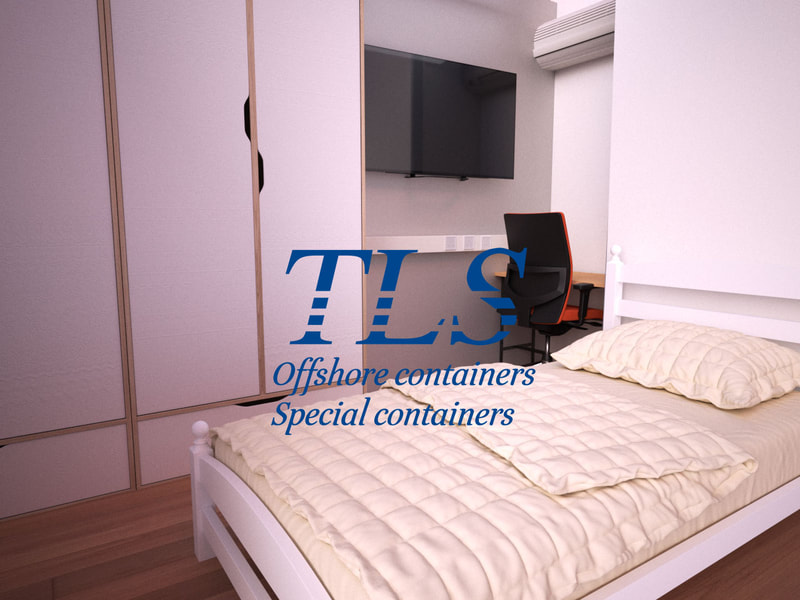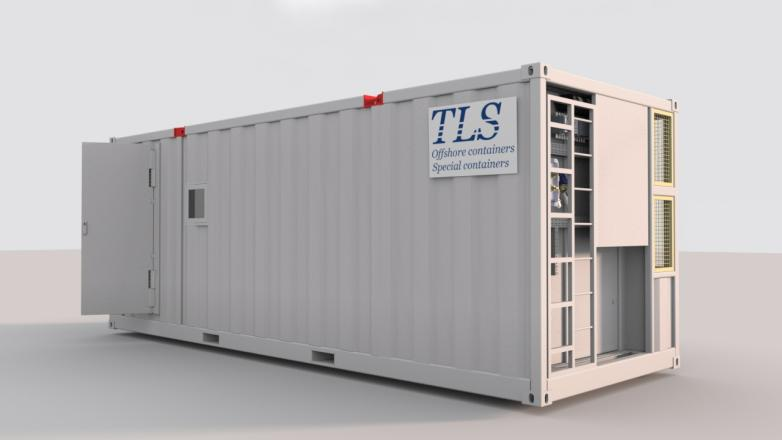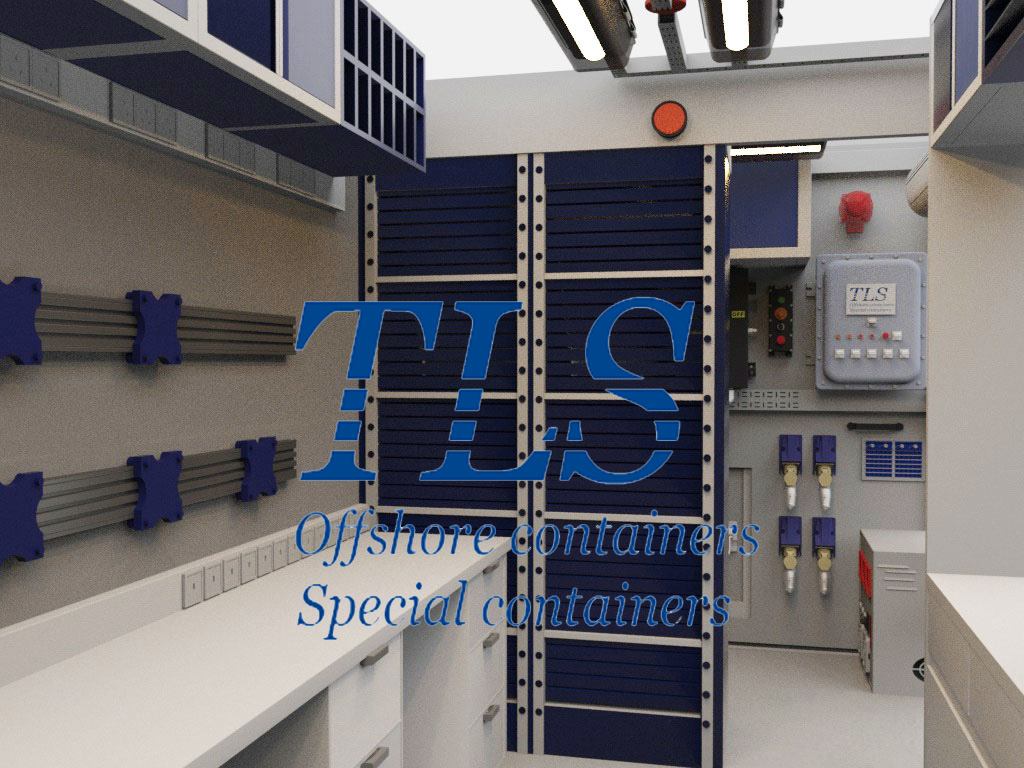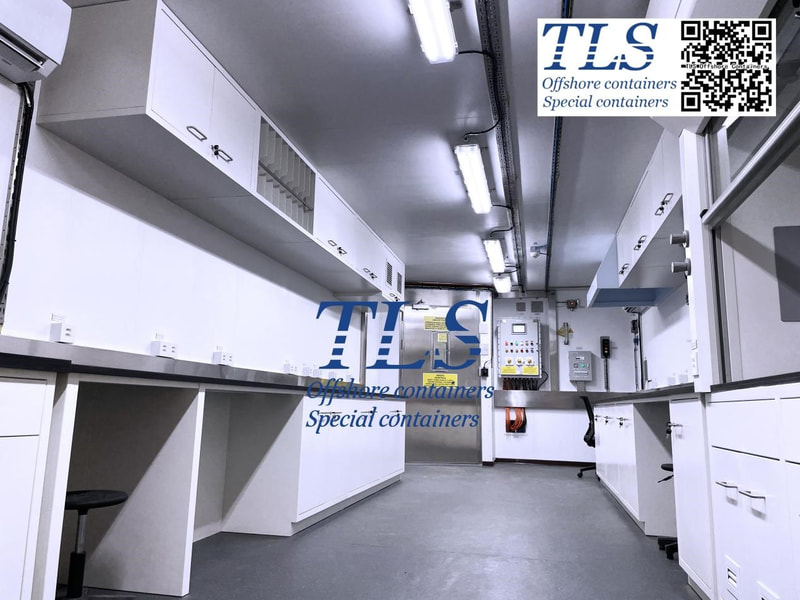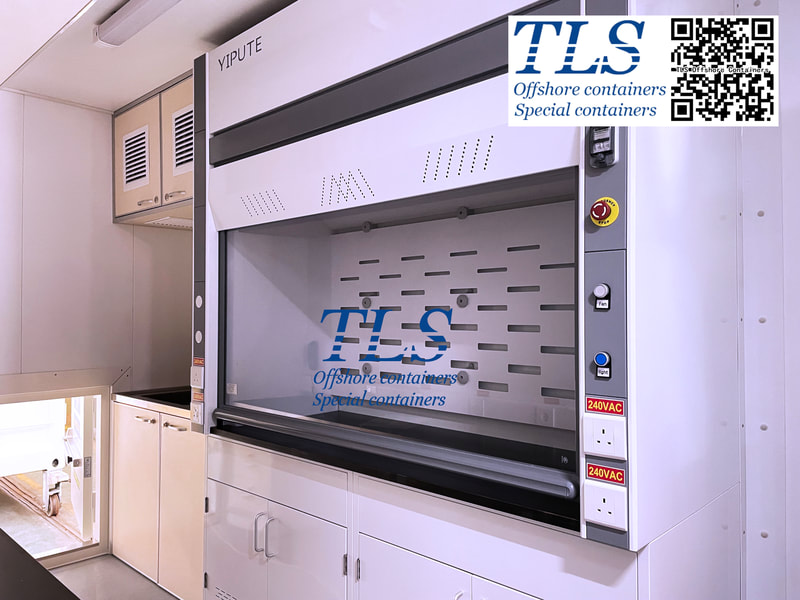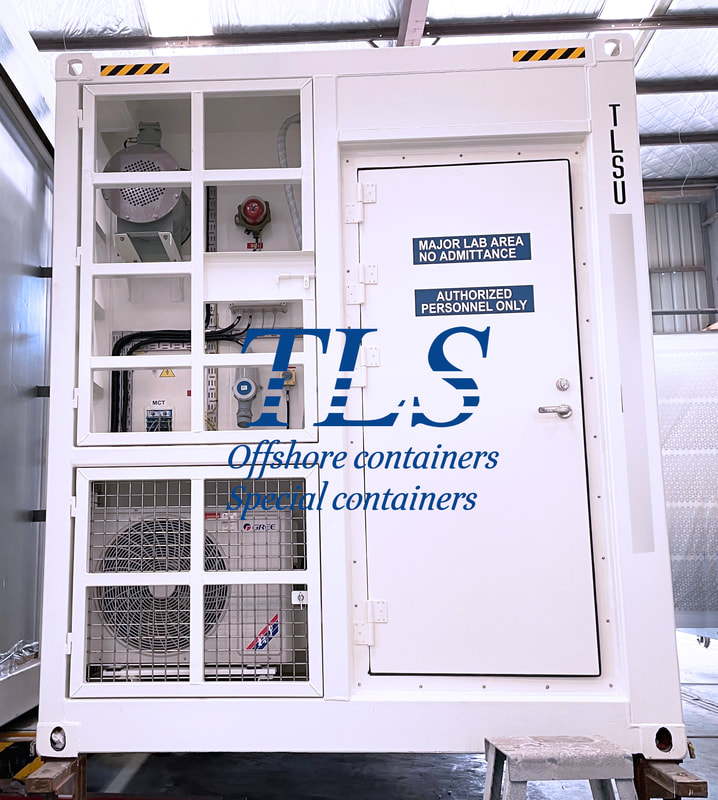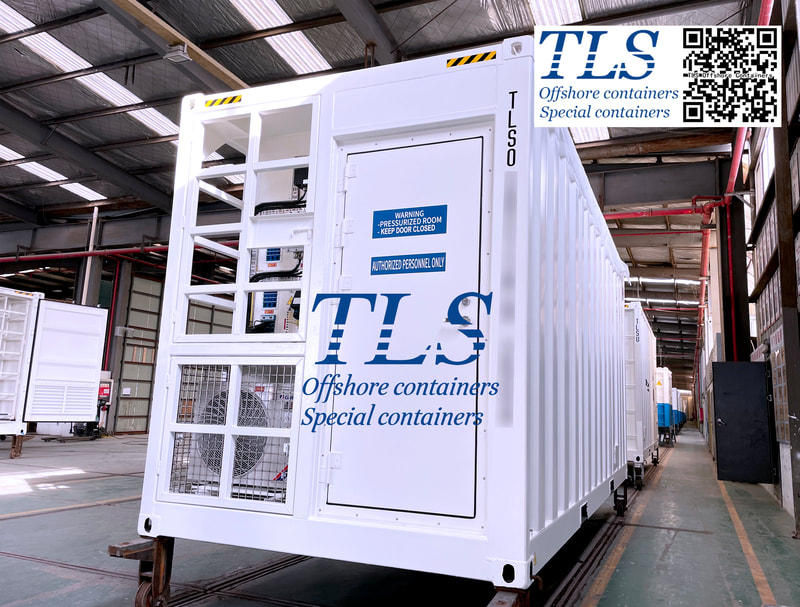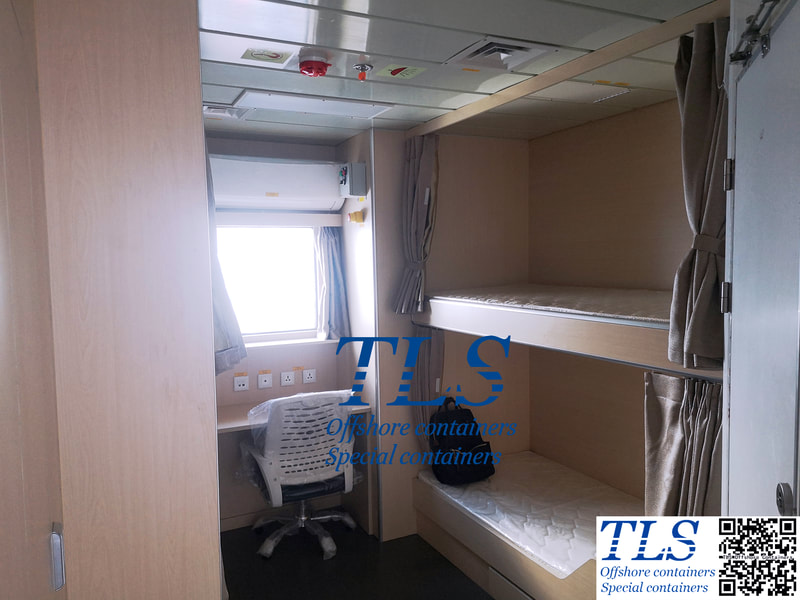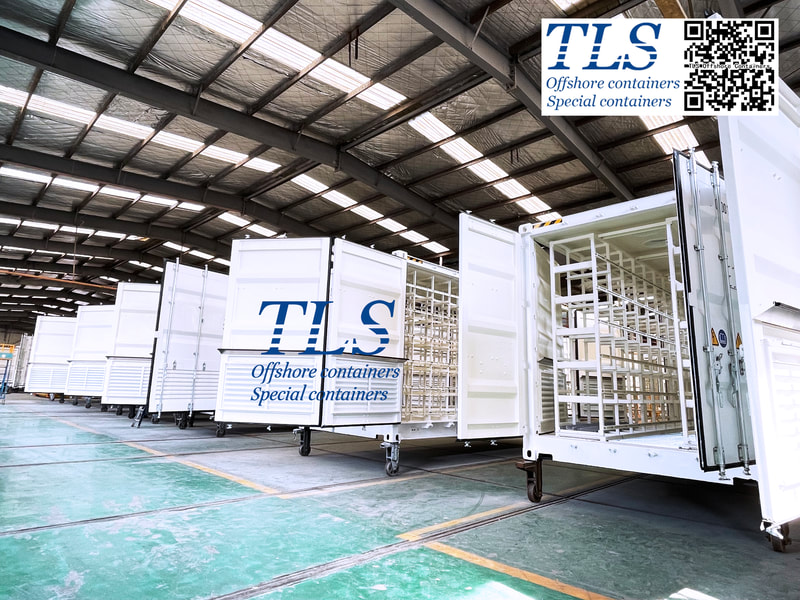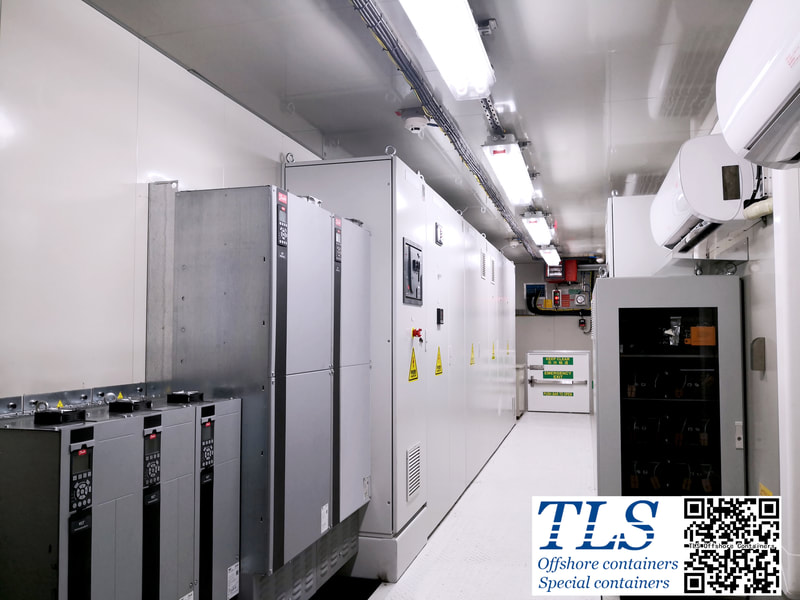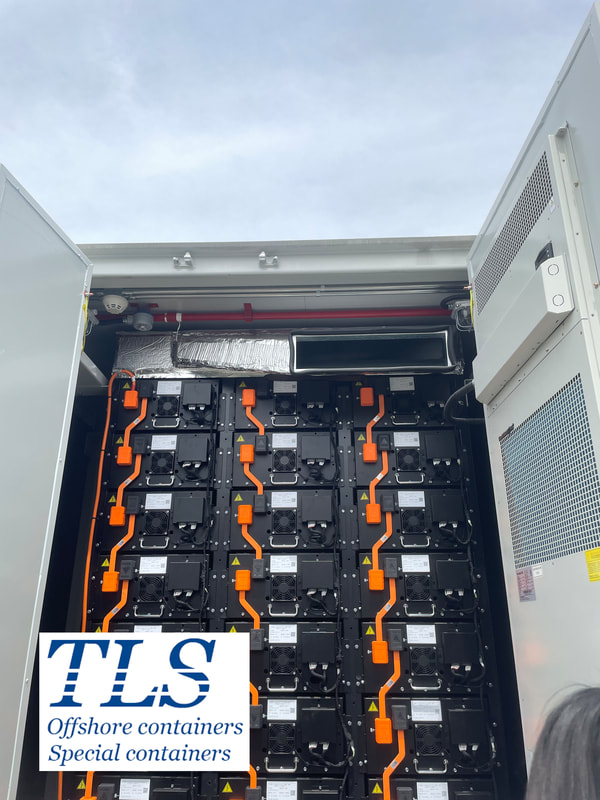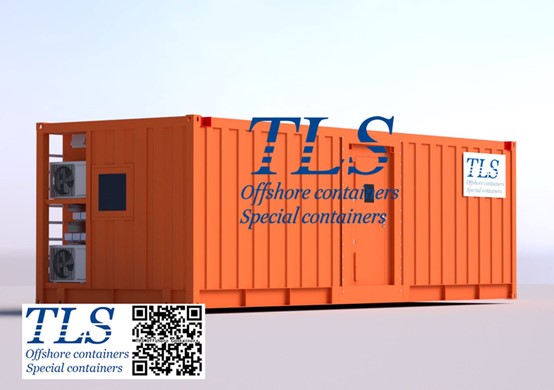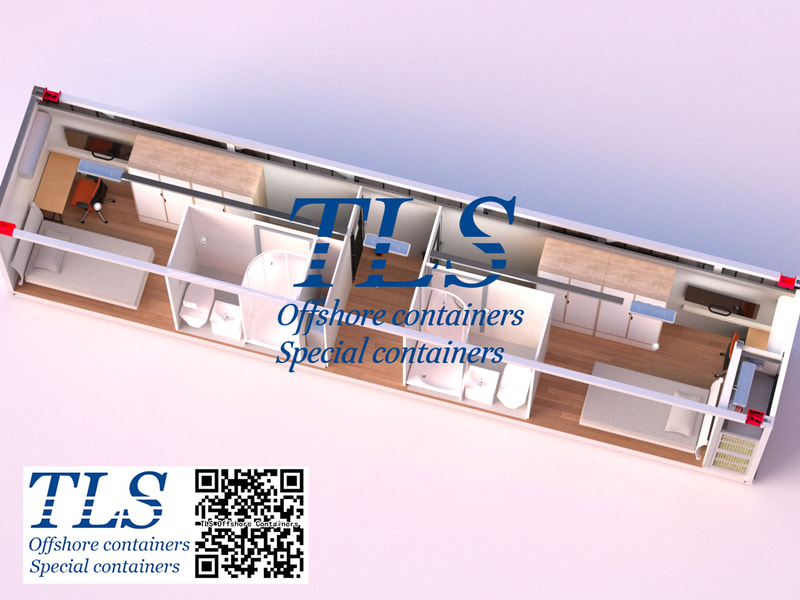|
In the quest for sustainable energy solutions, the integration of an Energy Management System (EMS) into a Battery Energy Storage System (BESS) container has emerged as a promising strategy. This approach combines the power of advanced technology with the practicality of energy storage, paving the way for more efficient and environmentally friendly energy management. The EMS is a comprehensive system designed to monitor, control, and optimize the production and consumption of energy. It leverages advanced algorithms and real-time data to make informed decisions about energy use, thereby reducing waste and improving efficiency. When integrated into a BESS container, the EMS can effectively manage the stored energy, ensuring it is used in the most beneficial way possible. A BESS container, on the other hand, is a compact, mobile, and scalable solution for energy storage. It houses batteries that store energy produced from various sources, including renewable ones like wind and solar. The stored energy can be dispatched when needed, such as during peak demand times or power outages, providing a reliable and flexible energy supply. The integration of an EMS into a BESS container creates a powerful synergy. The EMS can monitor the energy production and consumption patterns, adjusting the charging and discharging of the BESS accordingly. This not only ensures optimal use of the stored energy but also extends the lifespan of the batteries, as they are not subjected to unnecessary strain. Moreover, the EMS can predict energy demand based on historical data and weather forecasts, allowing for more accurate planning and scheduling of energy production. This can reduce reliance on non-renewable energy sources and lower carbon emissions. The implementation of an EMS in a BESS container also offers significant economic benefits. By optimizing energy use, it can reduce energy costs and provide a quick return on investment. Additionally, it can participate in demand response programs, earning revenue by helping to balance the grid. In conclusion, the integration of an EMS into a BESS container is a game-changer in the energy sector. It combines the benefits of energy storage with the intelligence of energy management, creating a solution that is efficient, flexible, and sustainable. As we continue to grapple with the challenges of climate change and energy security, such innovative approaches will be key to building a more sustainable future. Introduction: As the demand for renewable energy sources continues to grow, battery energy storage systems (BESS) have emerged as a key solution for storing and distributing clean energy. Within the BESS infrastructure, battery system containers play a crucial role in ensuring the efficient and reliable operation of the overall energy storage system. In this article, we will explore the importance of battery systems for BESS containers and discuss key considerations to optimize their performance.
Conclusion: Battery systems are the backbone of battery energy storage system containers, enabling efficient and reliable energy storage and distribution. By considering factors such as battery chemistry, scalability, BMS, thermal management, and safety measures, the performance and lifespan of these battery systems can be optimized. The benefits include enhanced efficiency, extended battery life, improved grid stability, and cost optimization. As renewable energy continues to gain momentum, the development of advanced battery systems will play a crucial role in supporting a sustainable and resilient energy future. TLS Offshore Containers / TLS Special Containers is a global supplier of standard and customised containerised solutions. Wherever you are in the world TLS can help you, please contact us. Regarding the Battery Energy Storage System (BESS) container, please download Energy Storage System (ESS) Containers brochure for reference. #Battery energy storage system #BESS containers #Battery systems #Energy storage #Renewable energy #Efficiency #Reliability #Battery chemistry #Lithium-ion batteries #Flow batteries Written by OliverHow Can You Optimize Offshore Reefer Containers? Unlocking the Secrets to Usage and Maintenance6/16/2023
Offshore reefer containers play a crucial role in preserving the freshness and quality of goods during maritime transportation. To ensure optimal performance and proper functioning of these containers, it is essential to follow key usage guidelines and maintenance practices. This blog presents a concise guide on using and maintaining offshore reefer containers effectively.
Remember that proper usage and maintenance are key to unlocking the full potential of offshore reefer containers for sea transport. Following these best practices will help protect the integrity of goods, prolong the lifespan of the containers, and minimize the risk of disruptions and damages. In recent years, the concept of accommodation containers has gained significant popularity as a unique and innovative solution for modern living. These versatile structures offer an array of benefits, from cost-effectiveness and sustainability to flexibility and mobility. In this article, we delve into the world of accommodation containers, exploring their advantages, potential applications, and why they have become a hot topic in the construction and housing industries.
Conclusion: Accommodation containers have emerged as an exciting and practical solution for modern living. Their cost-effectiveness, sustainability, flexibility, and adaptability make them an attractive choice for individuals, businesses, and communities alike. As the demand for affordable housing and sustainable construction grows, accommodation containers are poised to play a significant role in shaping the future of the housing industry. Whether it's for temporary accommodation, permanent housing, or commercial purposes, these unique structures offer endless possibilities for those seeking a fresh and unconventional approach to living. TLS Offshore Containers / TLS Special Containers is a global supplier of standard and customised containerised solutions. Wherever you are in the world TLS can help you, please contact us. More information about accommodation modulars, offshore accommodation cabins, gallery module, mess module, etc. Please download TLS accommodation modular brochure , TLS ABS approved offshore accommodation module brochure for reference. #Accommodation containers #Shipping containers #Modular housing #Affordable housing #Sustainable living #Eco-friendly housing #Cost-effective housing #Container homes #Portable housing #Flexible living spaces Written by OliverIn today's dynamic industrial landscape, where hazardous environments are commonplace, the need for safe and efficient workspaces is paramount. Companies operating in offshore oil and gas exploration, chemical processing, and other high-risk industries understand the significance of ensuring employee safety while maintaining productivity. This is where offshore pressurized containers, serving as offices in hazardous areas, emerge as indispensable assets. In this article, we explore the importance of these specialized containers and how they contribute to the overall well-being of workers in perilous work environments. Enhancing Safety:
Boosting Efficiency:
Conclusion: The importance of offshore pressurized containers as offices in hazardous areas cannot be overstated. With their emphasis on safety, compliance with regulations, and the ability to enhance operational efficiency, these specialized containers prove to be indispensable assets for companies operating in high-risk industries. By prioritizing the well-being of employees and providing them with secure and efficient workspaces, businesses can effectively mitigate risks, maximize productivity, and contribute to the overall success of their operations. In an era where safety and productivity go hand in hand, offshore pressurized containers serve as a tangible testament to the commitment of companies towards ensuring a secure and thriving workplace environment in hazardous areas. TLS Offshore Containers / TLS Special Containers is a global supplier of standard and customised containerised solutions. Wherever you are in the world TLS can help you, please contact us. Regarding Intelligent pressurized containers from TLS , please download Offshore pressurised mud logging cabin brochure and MCC | Switchgear | VFD | VSD pressurised shelter for reference. #Offshore pressurized containers #Hazardous area offices #Safety #Efficiency #Industrial workplaces #Offshore oil and gas #Chemical processing #High-risk industries #Employee well-being #Containment Written by OliverWith development, more and more offices, laboratories, equipment storage rooms, and residences have begun to adopt containerized modular solutions. The convenience and mobility of containers, while being environmentally friendly, practicality and cost-effectiveness are one of the reasons why people's demand for this part has surged. If you need to customize a container module suitable for your company or yourself, what aspects of your requirements do you need to clarify first?
Functional Requirements: Determine the features you need for your office container | lab container |MCC shelter |reefer container. For example, what you need is an office space, conference room, kitchen, laboratory or other. Corresponding functional and space requirements can be listed. Dimensions and layout: Determine the size and layout of the office container, according to your budget and the constraints of the use of the site. Consider your team size and workflow to determine the appropriate container size and interior layout. Equipment and facilities: Determine the equipment and facilities you wish to house in your office container. This may include electricity supply, lighting systems, air conditioning, heating, internet connection, etc. Provide an approximate equipment list and specification requirements. Environmental requirements: Consider the climatic conditions and environmental requirements in your area. If you will be using office containers in harsh environmental conditions, such as hot, cold or humid areas, you will need to specify appropriate insulation, thermal and moisture protection measures. Certification standards: According to your use needs and special requirements, specify the certification standards that need to be met, such as DNV 2.7-1, EN 12079, IEC 60079-13, etc. Make sure the container manufacturer understands your certification needs. Budget and delivery time: Know your budget constraints and required delivery time. In this way, container manufacturers can provide corresponding design and construction solutions according to your requirements. TLS can be customized according to your requirements. The equipment in the container can be supplied by customers or purchased by us according to your needs. Everything is just to provide you with a perfect container module solution. For any requirements, please feel free to contact us. Explore the key factors in selecting the most suitable battery modules for Battery Energy Storage Systems (BESS). Understand the role of battery chemistry, energy capacity, lifespan, operating conditions, cost, and safety in optimizing your BESS performance. Discover how to balance these considerations for an efficient and reliable energy storage solution. Battery modules are the fundamental building blocks of Battery Energy Storage Systems (BESS). They are essentially a group of interconnected battery cells that store and release electrical energy. The choice of battery modules for a BESS container depends on several factors, and understanding these can help in selecting the most suitable modules. 1. **Battery Chemistry**: The type of battery chemistry is a crucial factor. Different chemistries, such as lithium-ion, lead-acid, or nickel-cadmium, have different characteristics, including energy density, lifespan, cost, and safety profile. For instance, lithium-ion batteries have a high energy density and long lifespan, making them a popular choice for many BESS applications. 2. **Energy Capacity and Power Output**: The energy capacity (measured in kilowatt-hours, kWh) and power output (measured in kilowatts, kW) of the battery module should match the requirements of the BESS. Energy capacity determines how much energy the BESS can store, while power output determines how much energy it can deliver at any given moment. 3. **Lifespan and Cycle Life**: The lifespan of the battery module, often measured in cycles, is another important consideration. A cycle refers to one complete charge and discharge of the battery. Some battery chemistries can withstand more cycles than others before their performance begins to degrade. 4. **Operating Conditions**: The environmental and operating conditions where the BESS will be installed can also influence the choice of battery modules. Some batteries perform better in high temperatures, while others are more suited to cold climates. Similarly, some batteries can handle frequent and deep discharges better than others. 5. **Cost and Availability**: The cost of the battery modules and their availability can also be deciding factors. While some battery types may be ideal in terms of performance, they may be too expensive or not readily available, making them less suitable. 6. **Safety and Management Systems**: Finally, the safety features and management systems of the battery modules are crucial. Good battery modules should have robust safety mechanisms to prevent issues like overcharging or thermal runaway. They should also have advanced battery management systems to monitor and control cell performance, ensuring optimal operation and longevity. In conclusion, choosing the right battery modules for a BESS container involves a careful evaluation of the above factors. It's about finding the right balance between performance, cost, safety, and suitability to the specific application and operating conditions. The containerized liquid cooling energy storage system combines containerized energy storage with liquid cooling technology, achieving the perfect integration of efficient storage and cooling.
The Battery Energy Storage System (BESS) container market is currently experiencing a significant surge, with a future that holds immense potential. This comprehensive article will delve deeper into the market forecast, providing detailed insights and quantitative data, with a special focus on TLS Offshore Containers International, a leading manufacturer in the industry. **Current Market Landscape** The global shift towards renewable energy sources and the need for efficient, flexible energy storage solutions have fueled the demand for BESS containers. These containers, which offer a means for storing and distributing energy, are being increasingly utilized across various sectors, from residential to commercial and industrial applications. In 2022, the global BESS market was valued at approximately $3 billion, with a compound annual growth rate (CAGR) of 15% predicted for the next decade. This growth is largely attributed to the increasing adoption of renewable energy sources and the need for efficient energy storage and distribution solutions. **TLS Offshore Containers International: A Major Player** Among the manufacturers in the BESS container market, TLS Offshore Containers International stands out as a key player. The company is renowned for providing comprehensive solutions to clients worldwide, catering to their specific needs with high-quality, reliable BESS containers. Their products are not only efficient and flexible but also adhere to the highest safety standards, making them a preferred choice for many. In 2022, TLS Offshore Containers International reported a significant increase in sales, with a 20% rise compared to the previous year. This growth is a testament to the company's commitment to quality and customer satisfaction. **Market Predictions** Looking ahead, the BESS container market is expected to continue its upward trajectory. Market research indicates a robust growth rate in the coming years, driven by the ongoing global energy transition and the increasing adoption of BESS containers in various sectors. By 2030, the global BESS market is expected to reach a value of approximately $12 billion, representing a fourfold increase from its value in 2022. This growth is expected to be driven by several factors, including the increasing adoption of renewable energy, advancements in battery technology, and government policies supporting energy storage. **The Role of TLS Offshore Containers International** As the market expands, TLS Offshore Containers International is well-positioned to seize the opportunities that come with this growth. Their commitment to providing comprehensive solutions, coupled with their reputation for quality and reliability, will likely see them continue to play a significant role in the BESS container market. In line with the projected market growth, TLS Offshore Containers International is expected to see a substantial increase in sales over the next decade. The company's strategic focus on innovation and customer satisfaction, along with its robust product portfolio, positions it well to capitalize on the growing demand for BESS containers. In conclusion, the future of the BESS container market appears bright, with substantial growth anticipated in the coming years. Companies like TLS Offshore Containers International, with their comprehensive solutions and commitment to quality, are set to play a crucial role in this exciting market evolution. As we move towards a more sustainable future, the importance of efficient, reliable energy storage solutions like BESS containers cannot be overstated. Designing offshore accommodation modules is a complex and crucial task that demands meticulous attention to detail. The successful implementation of these modules relies on considering various factors, including structural stability, corrosion resistance, safety requirements, and occupant comfort. Let's delve into the key considerations and design principles involved in creating these remarkable living spaces at sea.
In conclusion, the design of offshore accommodation modules requires a comprehensive approach, encompassing structural stability, corrosion resistance, safety considerations, occupant comfort, and customization possibilities. By addressing these key aspects, designers can create exceptional living spaces that harmoniously blend safety, comfort, and functionality, ensuring a remarkable offshore living experience. |
Archives
July 2024
Categories
All
|
- Home
-
Containerised solutions
- Intelligent pressurised container | MUD logging cabin
- Battery energy storage system (BESS) container
- Flexible grid tied battery storage system
- Laboratory container | workshop container | Equipment containers
- Temporary refuge shelter | Toxic gas refuge | Safe haven
- Offshore accommodation cabin | office container
- Reefer container | Refrigerated container
- Intelligent waste water treatment container
- Fresh water generator container
- Cargo Containers
- Product photos & videos
- News & Blogs
- Contact us
|
Featured products
Intelligent pressurised container Temporary refuge (TR) shelter, toxic gas refuge (TGR) Battery energy storage system (BESS) container Containerised waste water treatment plant Fresh water generator container Reefer container Laboratory container, Workshop container Accommodation container Offshore closed container |
All Rights Reserved 2020 © TLS Offshore Containers / TLS Energy
|




